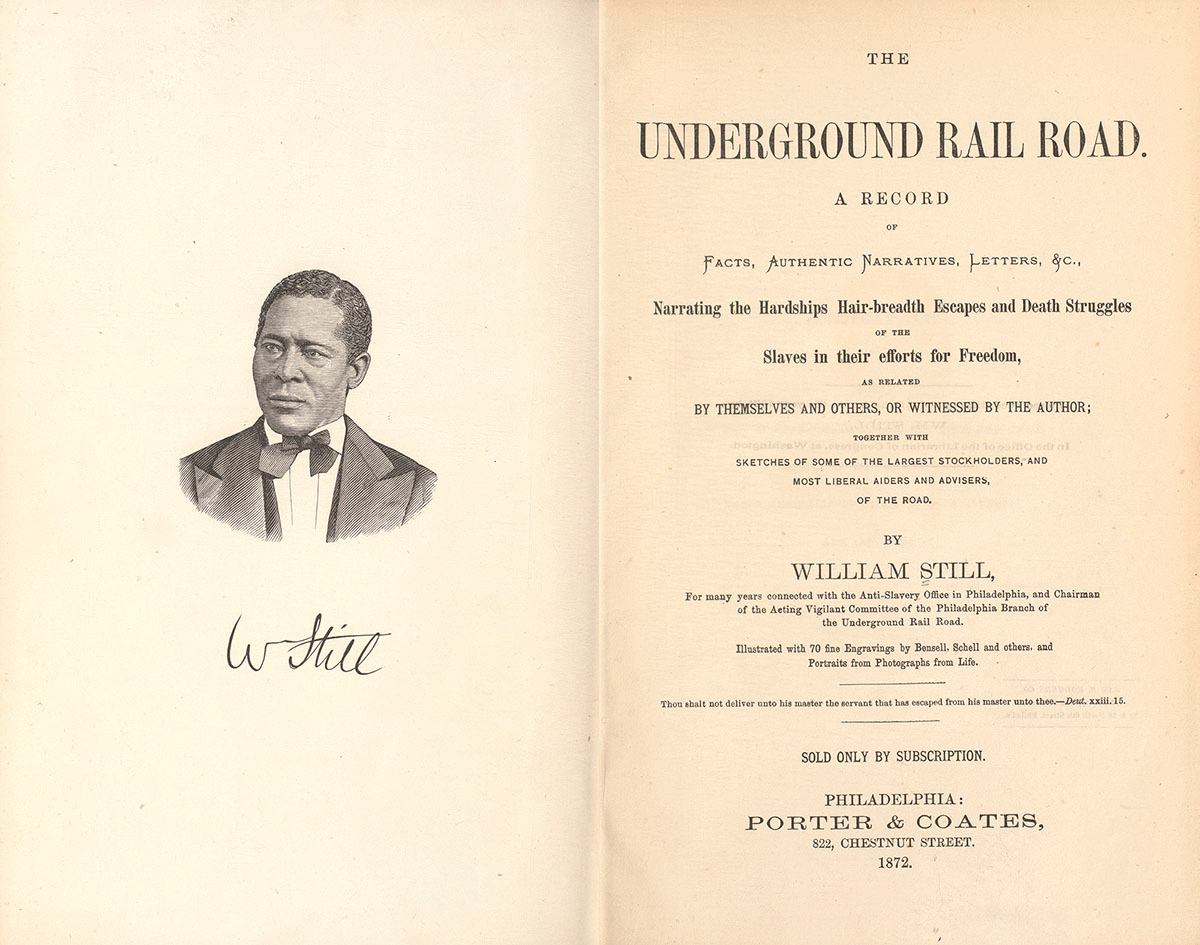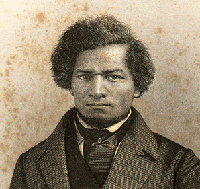The Author’s Image: Frontispiece Portraits
Contents
The Author's Image: Frontispiece Portraits
The Studio Experience: Representing Identity through Portraiture
Curating Kinship: Arabella Chapman Albums
Documenting Communities: African American Photographers
In Service for our Citizenship: Black Civil War Soldiers
The Author’s Image: Frontispiece Portraits
“No man thinks of publishing a book without sending his face to the world with it. He may be handsome or homely, manly or otherwise; it makes no difference; the face, the inevitable face, must be there to meet the smiles or frowns of his readers. Once in the book, whether the picture is like him or not, he must forever after strive to look like the picture.”
Our appearance is often the first introduction to a person’s Identity. We can create an impression that could describe our personality or support our message. An author’s frontispiece illustration is a perfect example of how a portrait can complement the book’s theme. The pairing of image and text allows the reader to better connect with the writer’s character and culture. The frontispiece portraits featured here examine the evolution of Black empowerment documented through memoirs, poetry, and essays on social and political thought.
Narrative of the Life of Frederick Douglass, an American slave.
Written by Himself. 1846.
Frederick Douglass’s first memoir, Narrative of the Life of Frederick Douglass, is a testimonial about his experience in bondage and his quest for freedom. His accounts served as a tool in recruiting abolitionist support for demolishing slavery. He recognized the importance of personal image and understood how to utilize it to encourage the people to engage with his words. Douglass was dissatisfied with the frontispiece printed in his first book because the illustration resembles a caricature of him, instead of his actual likeness.
My Bondage and My Freedom.
By Frederick Douglass. 1855.
Frederick Douglass contributed his evolving life story to the abolitionist cause by writing a second autobiography. In My Bondage and My Freedom, Douglass revised his memoir to include his experiences as a lecturer in the United States and the United Kingdom. He also replaced the artist-illustrated frontispiece with an engraved photograph. The adaptations to Douglass’s second autobiography granted him more agency over his representation to the public.
Poems on Various Subjects, Religious and Moral.
By Phillis Wheatley. 1773.
Phillis Wheatley is best known as the first African American woman to publish a book of poems, which she did in 1773. In 1761, she was captured from the West Africa region and enslaved into John Wheatley’s Boston home at the age of eight. She received an education while in servitude, and her studies included astronomy, geography, the Bible, Greek, Latin, and British literature. Wheatley composed her first poem at the age of thirteen. Her personal style integrated topics from her academic studies with memories of her West African traditions. This fusion of themes is an early example of Afrofuturism. Wheatley’s talents granted her critical acclaim within literary circles and contributed to the public support of the abolitionist movement.
The Underground Railroad, A Record.
By William Still. 1872.
William Still was an abolitionist leader, businessman, and historian in Philadelphia who assisted over 800 enslaved people escape from bondage on the Underground Railroad. Still, born free to formerly enslaved parents, worked diligently to provide support to enslaved people in their quest for freedom. As “The Father of the Underground Railroad,” Still recorded the names, destinations, and short biography of fugitives to document their journey and create a resource to reunite travelers with their families. His book now serves as a historical anthology of memoirs, representing the resilience and courage required to break from the bonds of slavery.
A Voice from the South. By a Black Woman of the South.
By Anna J. Cooper. 1892.
Anna Julia Cooper was a prominent author, educator, activist, and scholar who advocated for the education of Black women. Born in 1858 to an enslaved mother, she transcended bondage to receive a distinguished education and was the fourth African American woman to earn a Ph.D. Cooper worked diligently to provide Black women with equal access to education to uplift the Black community. Her book, A Voice from the South: By a Black Woman of the South, presents the first writings on what would be known as Black feminist theory. Cooper established organizations to support Black civil rights advocacy, including the Colored Women’s League and African American branches of the YWCA and YMCA.







